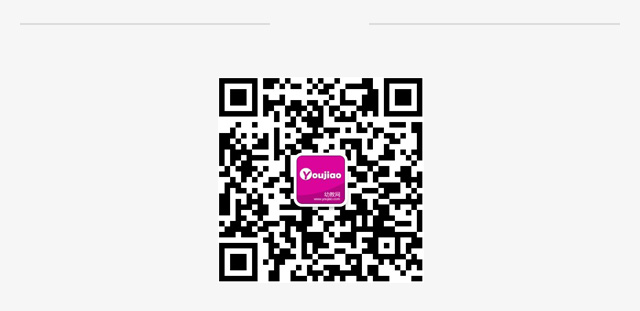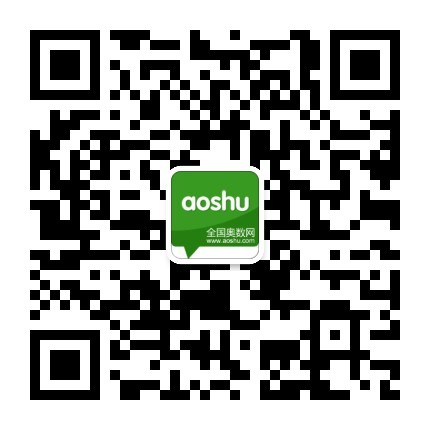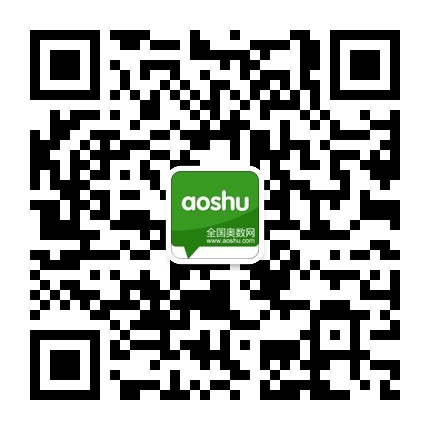2018年外研社四年级英语上册《There is one birthday in may》教案设计
幼教网整理了关于2018年外研社四年级英语上册《There is one birthday in may》教案设计,希望对教师教学有所帮助,仅供参考。
内容分析:
本课是新标准英语(三年级起始)第三册第十模块,它的语言功能主要是运用There be句型去描述与月份相关的事情。第一单元以故事情境——Lingling与MsSmart谈论玲玲朋友生日个数的对话呈现,主要是在巩固There be句型的同时学习1——6月份的表达方式。第二单元则是继续描述7——12月份生日个数的情况,并谈论全年不同月份当地的天气状况以及喜欢的运动。本模块预计四课时完成,本课时为第一课时。
情况分析:
(1)四年级的学生接触英语已有一年之久,对英语学习的积极性与参与性较高,好动好胜,喜爱小组比赛。同时他们在认读和自学方面比起三年级均有一定程度的提高,能够听音指读、听音选择、听音填空等,能够认读基本单词,并能借助图文了解课文大意。
(2)在本学期第一模块学生已经学习了数词1—100,对于How many? There be 句型在听力方面也有感知与理解。同时,课文中的单词march, birthday, happy等词语学生比较熟悉,结合对话语境能够较快理解课文的背景。
教学目标:
(1)知识能力目标
①能够寻找单词中发音相同的字母组合,以旧带新,听懂、辨别并认读1—6月份的月名,January\ February\March\April\May\June。
②能够在倾听完整语篇情境中看图了解对话内容,并了解、运用There be 句型描述数量。如,January. There are three.
(2)情感态度目标
①培养学生对所学英语中接触的外国文化知识的兴趣。
②让学生通过课文的学习感受生日聚会的快乐,并能在自己快乐的同时表达对父母的爱。
教学重点:
(1)单词:January\February\March\April\May\June
(2)句型:“There be”功能句的简单运用
教学难点:
(1)单词:January和 February单词比较长,记忆比较难;而April\June则是发音难点。
(2)There is和 There are 学生对单数复数概念模糊,容易搞错。
教学过程:
一、Warmer
1、Play a Game: Count count count数数看
T claps hands and asks Ss “How many are there?”
Ss listen ,count and try to say the number or the sentence “There is/ are…”
【设计意图:用老师拍手,学生数数的活动作为热身,既能复习数字,又能在听力方面不断倾听句型There be,为学生在听后运用句型There is / There are做铺垫。】
2、Lead in the evaluation
(1)Put up the cards of the months(出示1—6个月的月份卡,排成桥型),let Ss count the cards and learn to say “There is/ are…”;(板书主要句型于黑板四线格上,并用不同色粉笔突出is和are)
Ss count and learn to say and make out “There is ”and “There are”
(2)Talk about the evaluation——分组PK
【设计意图:巧妙呈现本节课的课堂评价方式:把月份卡(六个月份名的缩写制作成椭圆形卡片)排成桥形贴在黑板上,把全班分成两个小组,要求各小组通过课堂上的表现力争尽快从此岸到达彼岸。同时,通过月份卡的呈现,引导学生数数,并学习运用句型There be准确描述。】
二、Lead in
1、Lead in
T:We’re counting just now. Lingling is counting, too. She is counting her friends’ birthdays.
Present the picture of Lingling’s counting by CAI
【设计意图:由我们自己的数数活动过渡到玲玲的数生日的事情,直接导入课文,简单明了,切中本节课的对话背景。】
2、Listen, read and find the answer
Ask Ss a question about Lingling’s counting ——“How many birthdays are there in a year?”,and let Ss open their books, then plays the tape
Ss read the book, listen to the whole lesson and try to find the answer


 小学家长最新升学资料下载
小学家长最新升学资料下载





